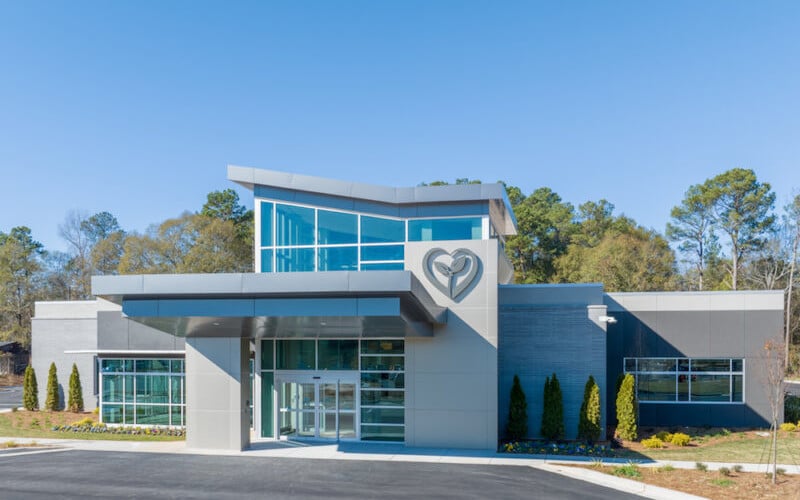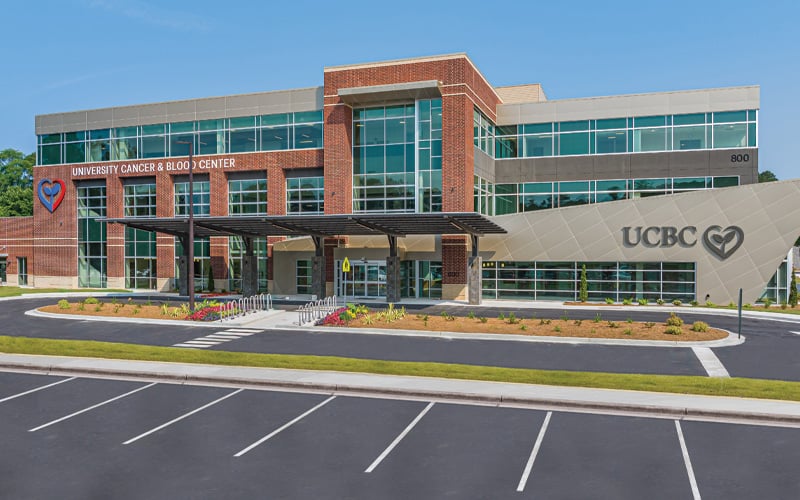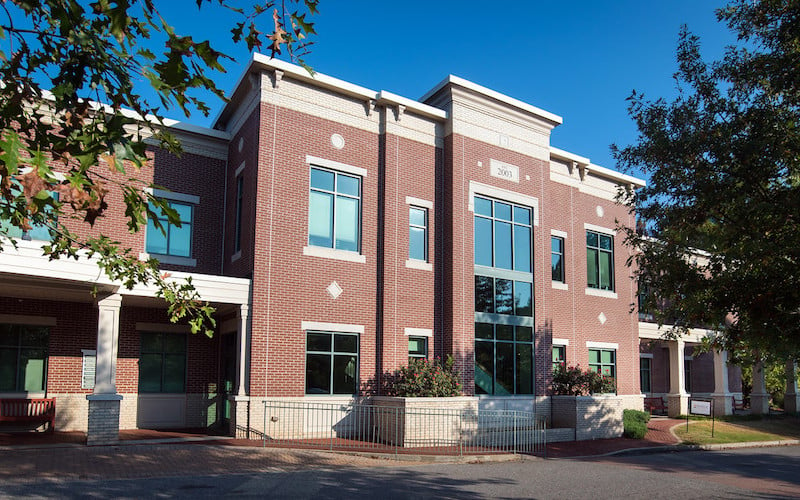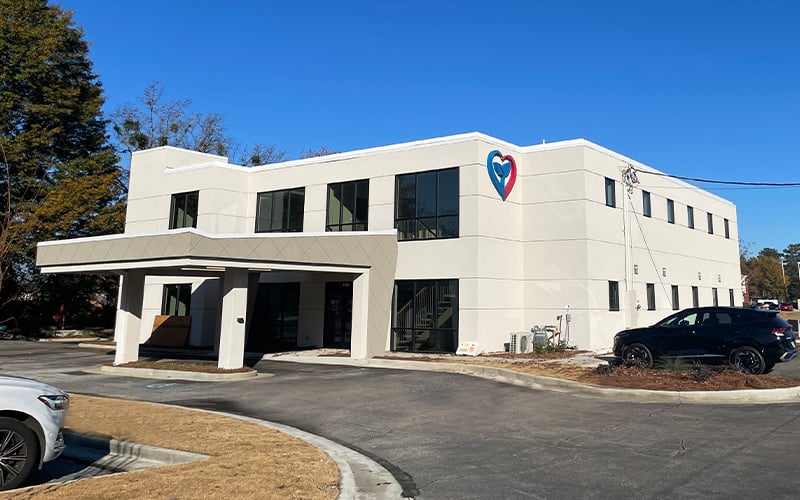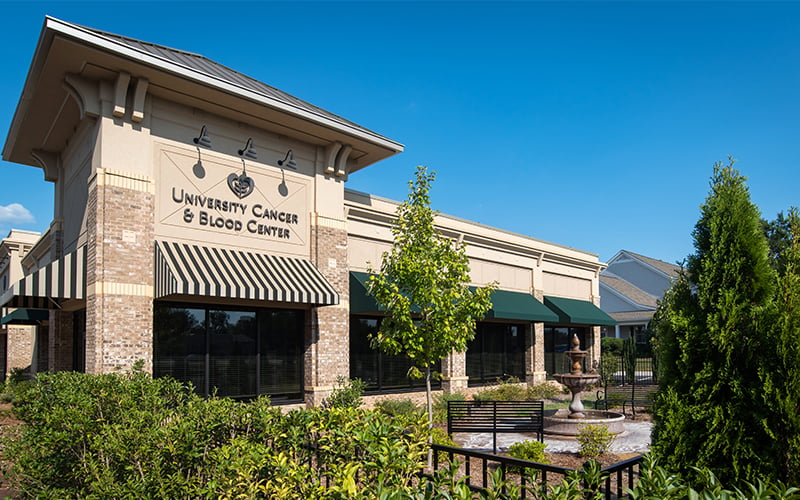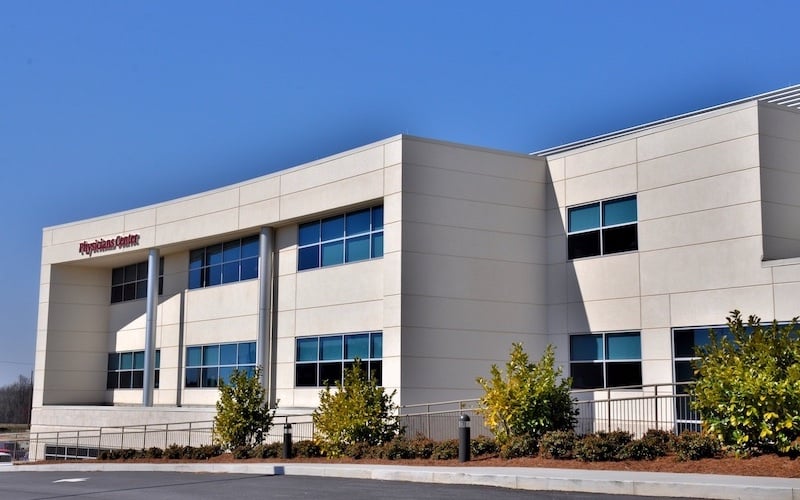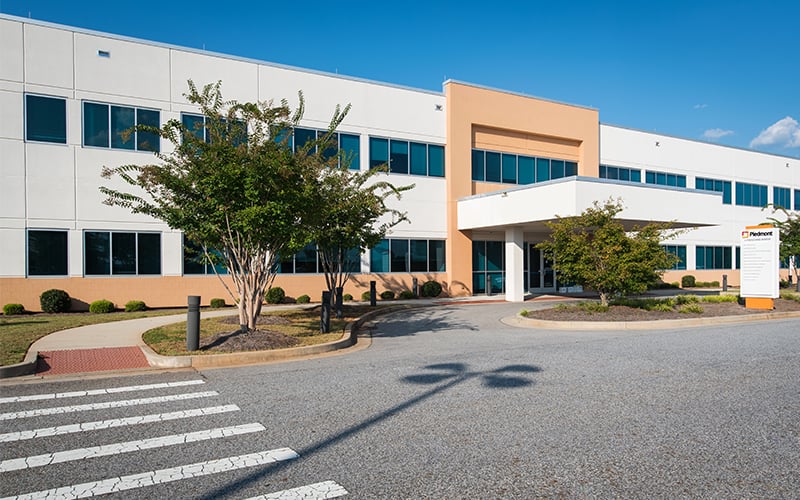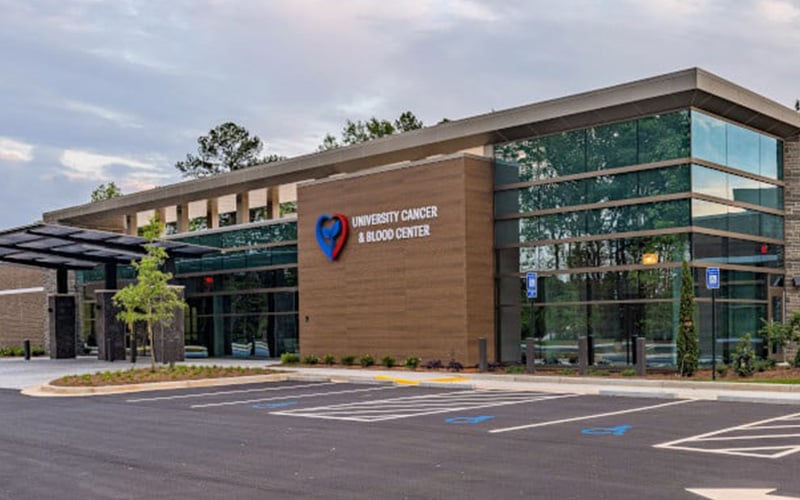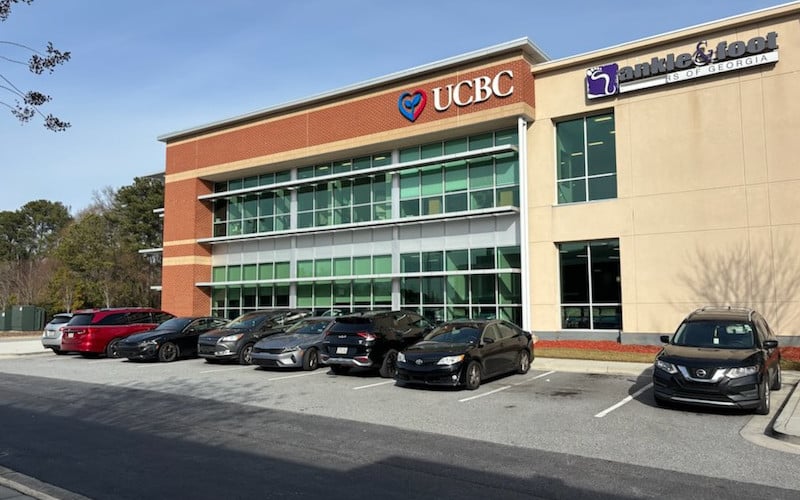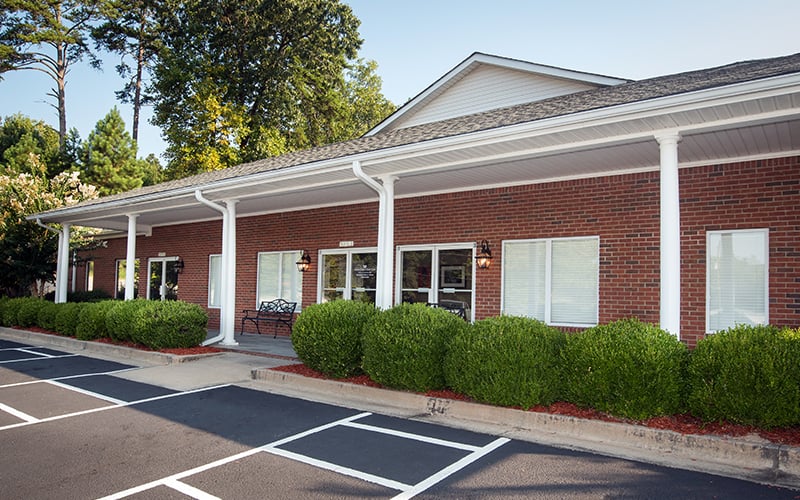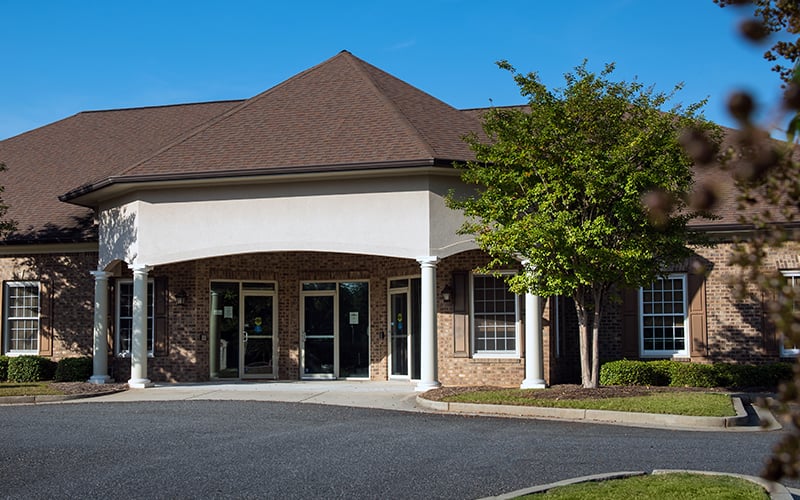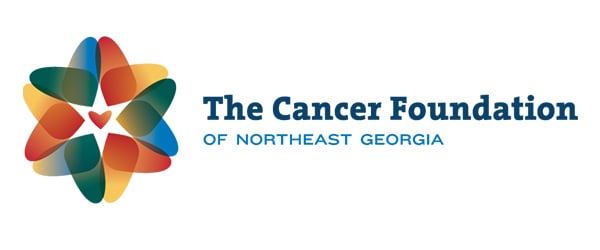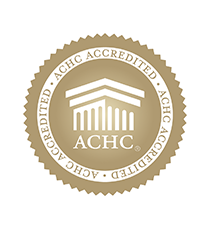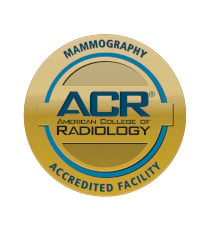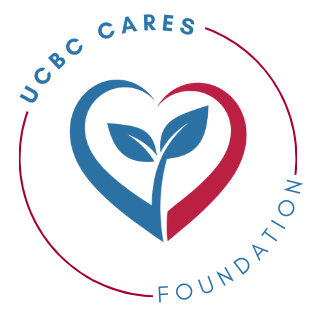Overview:
Thrombosis occurs when blood clots block your blood vessels. The two main types of thrombosis are venous thrombosis and arterial thrombosis. Venous thrombosis is when the blood clot blocks a vein. Veins carry blood from the body back into the heart. Venous thrombosis can be caused by immobility, a fracture, disease or injury to the leg vein, obesity, certain medications, inherited disorders, and certain autoimmune disorders. Arterial thrombosis is when the blood clot blocks an artery. Arteries carry oxygen-rich blood away from the heart to the body. Causes of arterial thrombosis can include hardening of the arteries. Symptoms of thrombosis can include swelling in the leg or arm, pain in the leg or arm, numbness or weakness in one side of the body, chest pain, abrupt change in your mental state, and cold arm or leg.
Treatment:
- Thin tubes (catheters) to widen the affected vessels
- A wire mesh tube (stent) that holds a blood vessel open and stops it from closing
- Surgery to remove the blood clot
- Medicines to dissolve blood clots
To learn more about thrombosis, click here.
